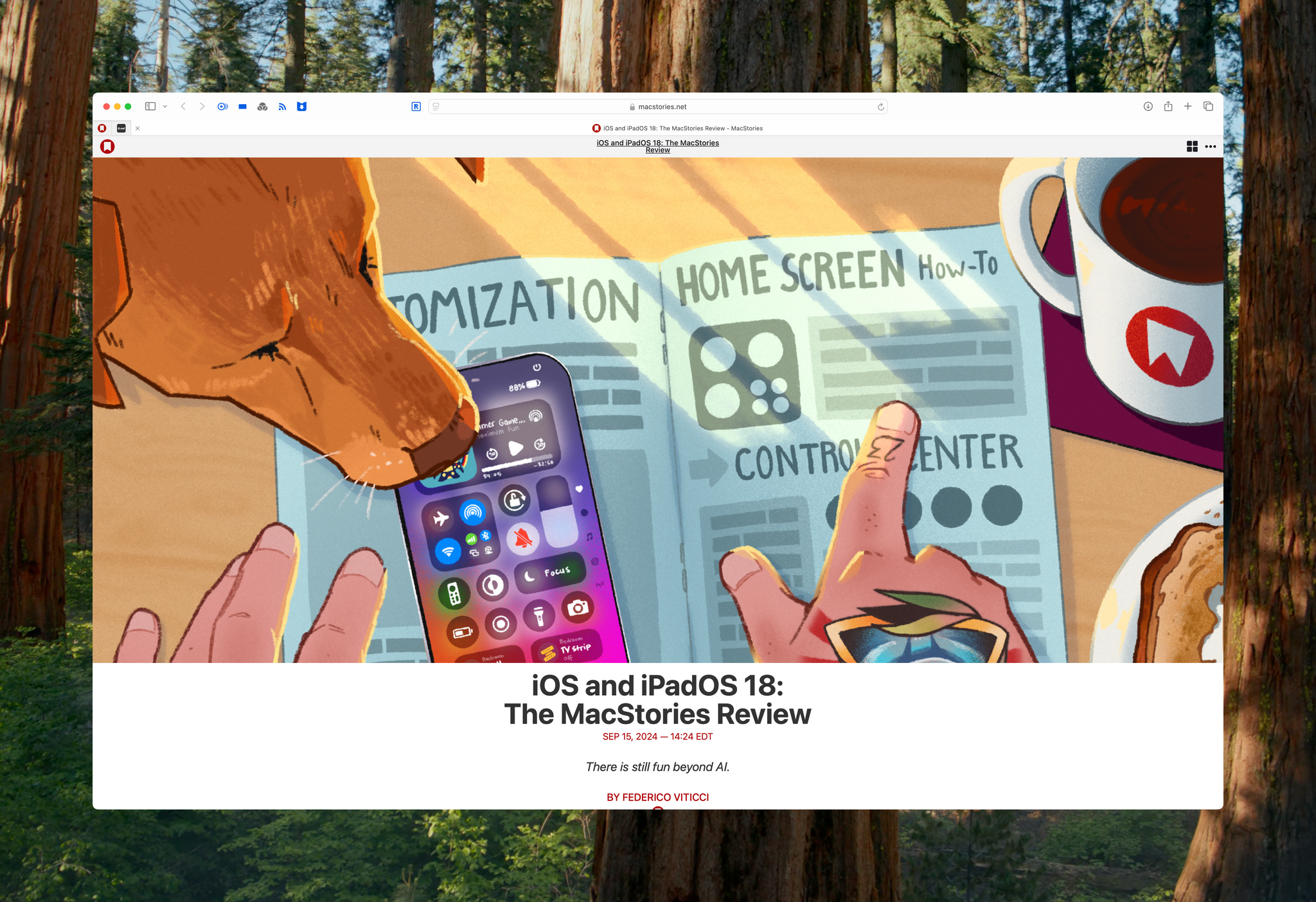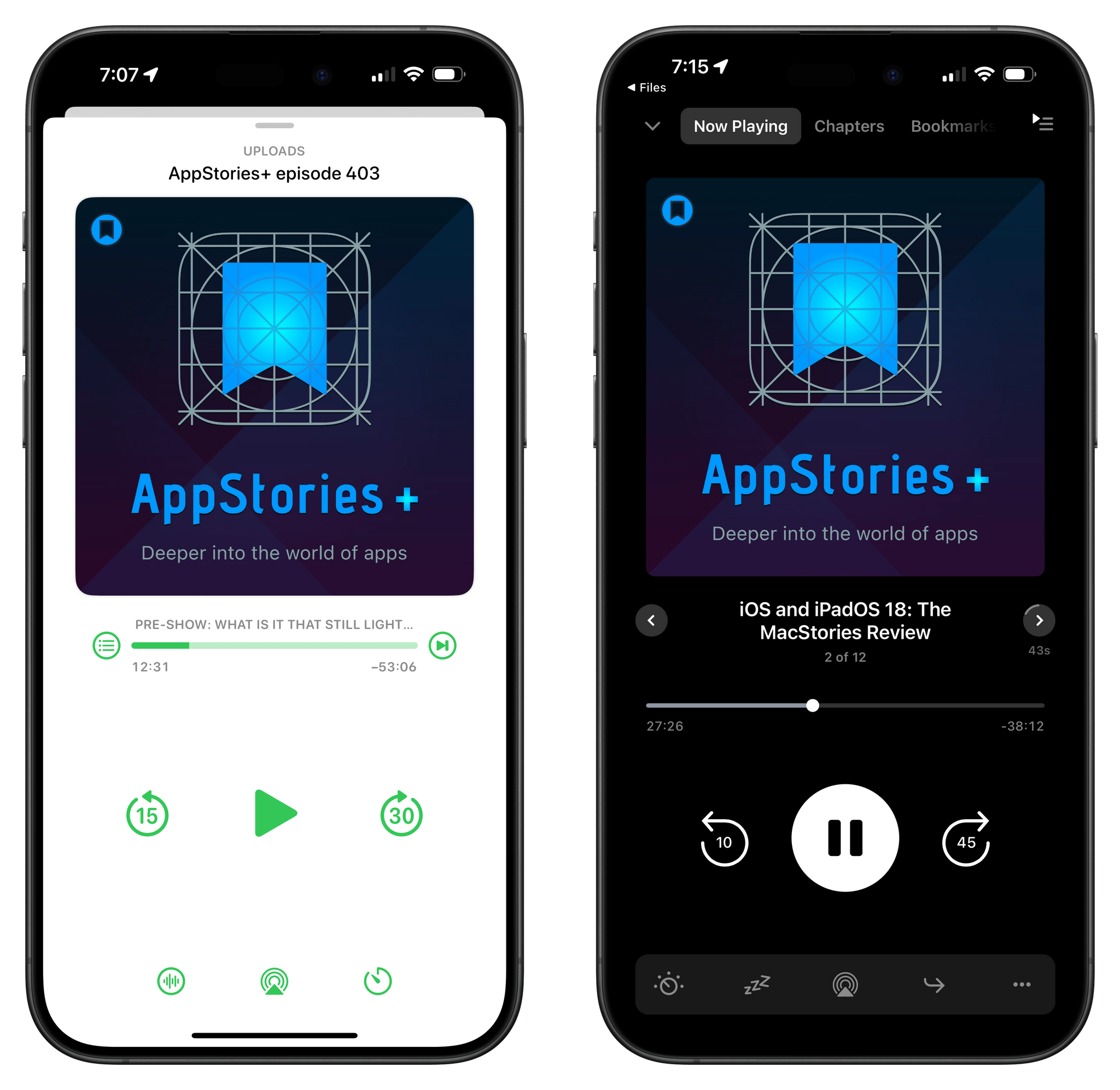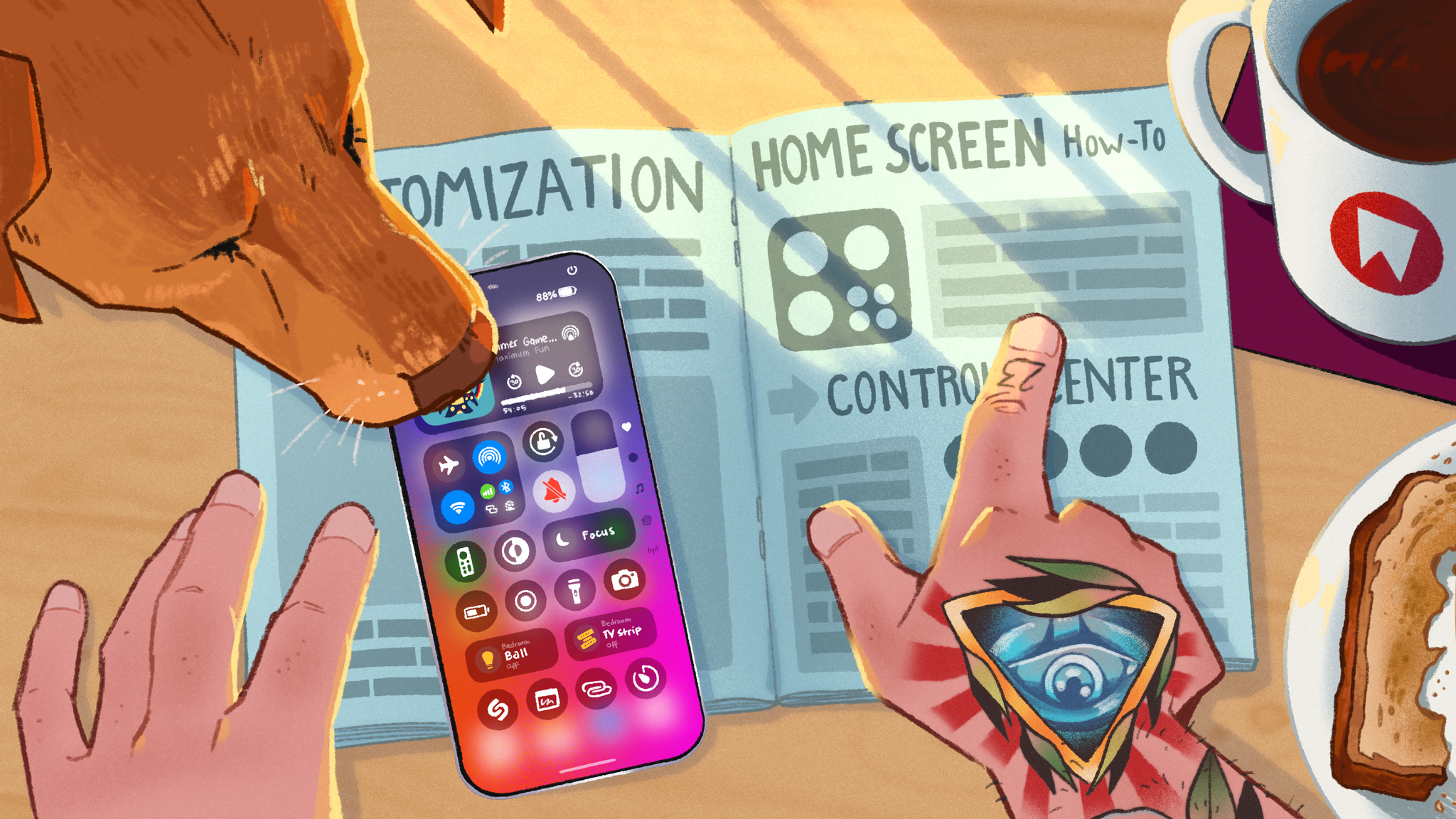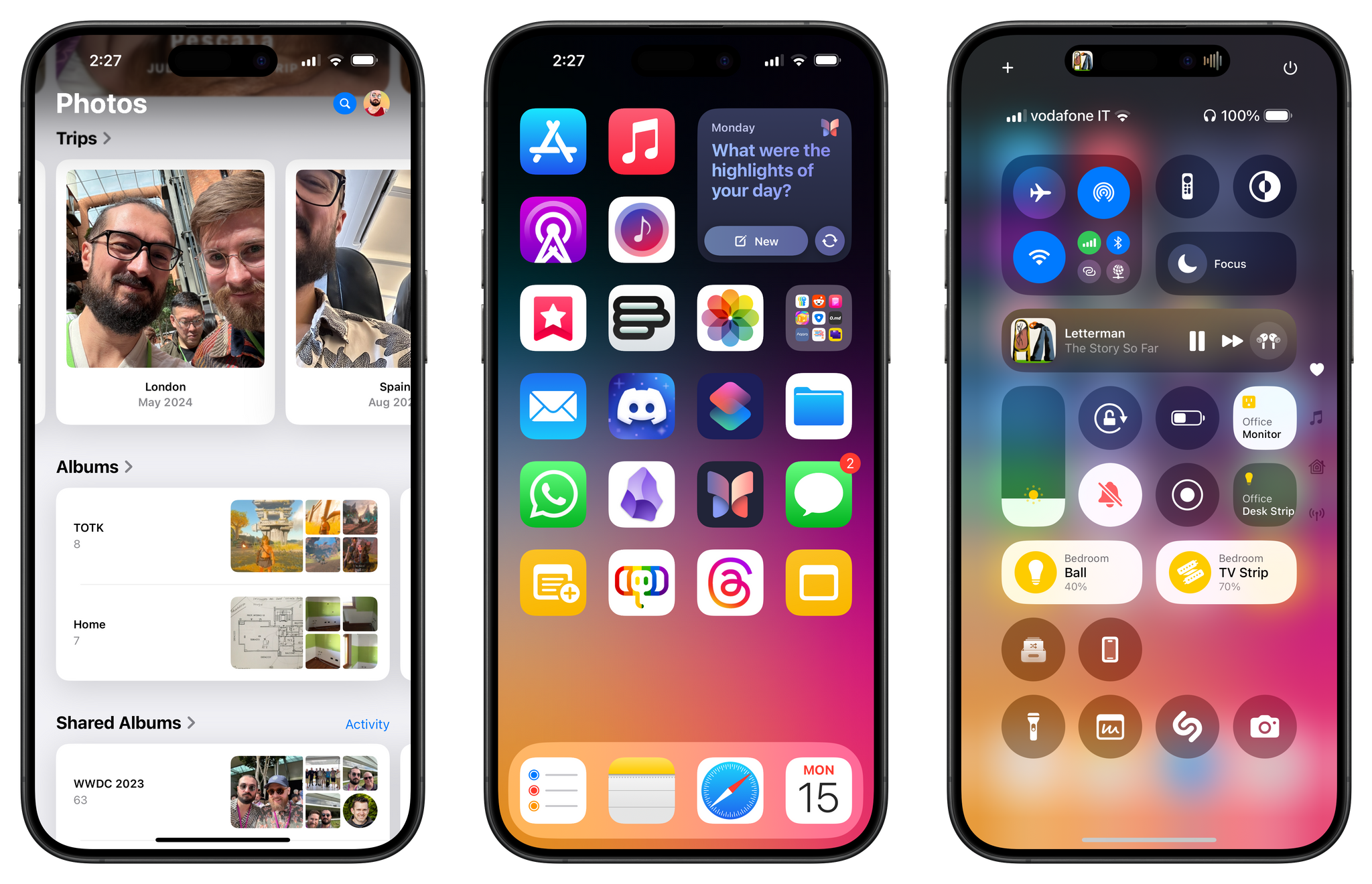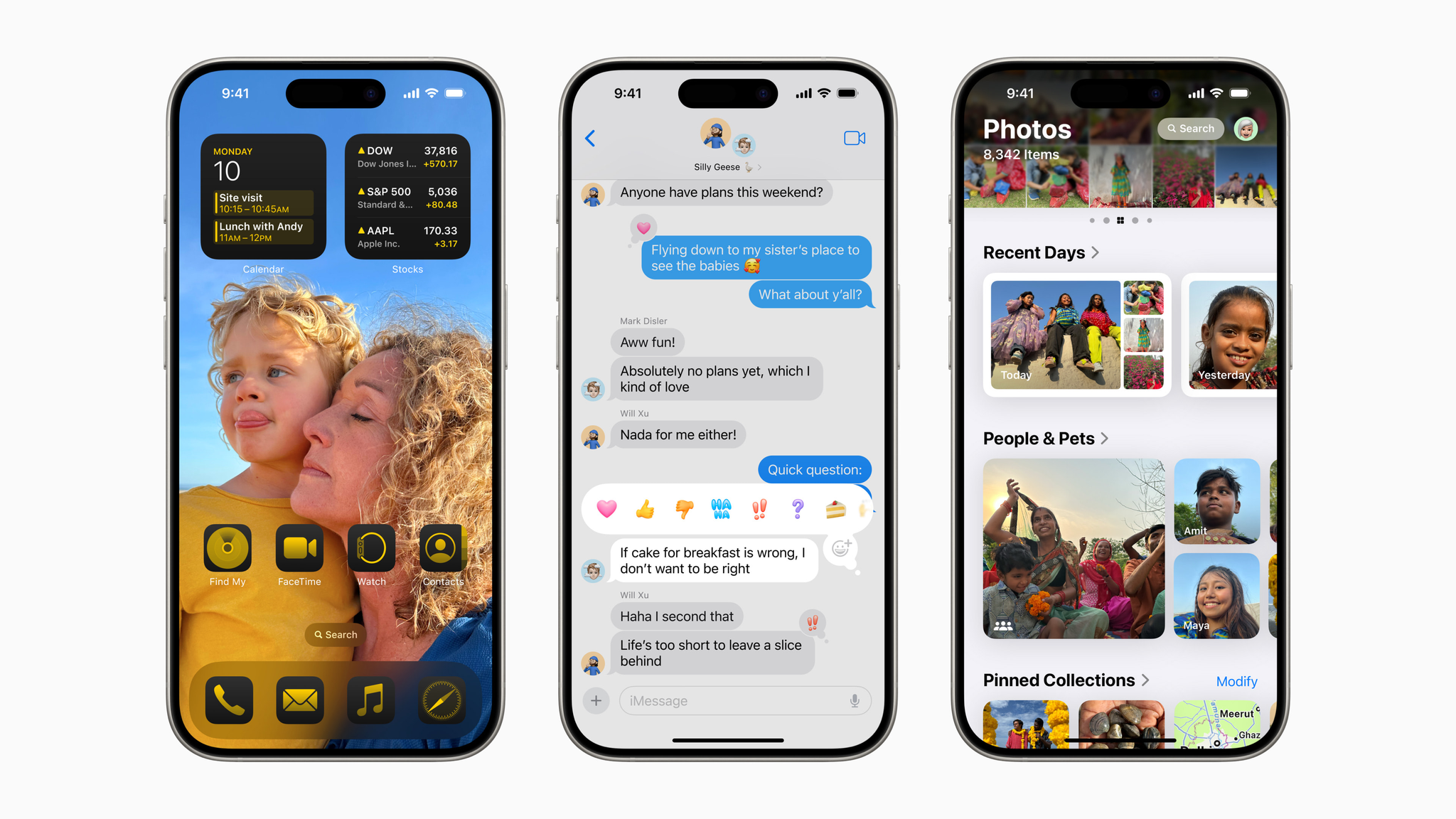A short time ago, Federico published his annual iOS and iPadOS 18 review. As in past years, we’re releasing a wide variety of perks exclusively for Club MacStories members throughout the week, but this year, the perks are a little different – just like the review.
Here’s our friend Chris Lawley with the details:
First of all, we’re releasing this week’s episode of AppStories+ to everyone who listens to the show for free.
AppStories+ is the extended version of our flagship podcast that’s typically released a day early and ad-free in high-bitrate audio. The show is part of a Club Premier or AppStories+ subscription, but this week, everyone gets the extended version of the show. If you’re not a subscriber, you’ll still get an ad with the episode (we do have bills to pay), but you’ll also get the full extended version of the episode in high bitrate audio, just like subscribers. It’s our way of saying thanks to everyone who has listened to AppStories through the years and share why this year’s review is not just different, but part of an editorial evolution of MacStories.
As Chris explains in his video, we have an eBook version of the review for all Club members. We’ll also publish a special making-of edition of MacStories Weekly, our Club newsletter, on Saturday.
If you’re not already a member, you can join Club MacStories for $5/month or $50/year using the buttons below:
Also, this year, there will be even more perks than ever for Club MacStories Plus and Premier members, including:
- More eBooks of my macOS Sequoia review, Jonathan Reed’s watchOS 11 review, and Devon Dundee’s visionOS 2 review;
- A bonus eBook that collects tips and tricks from Federico’s iOS and iPadOS 18 review;
- High-res wallpapers of the delightful illustrations created for Federico’s review by Scout Wilkinson; and
- A screen saver developed by James Thomson that brings Scout’s artwork to life on your Mac.
To unlock all of these additional perks, use the buttons below to join Club MacStories Plus:
or Club Premier:
Now more than ever, an indie publication like MacStories depends on income from members who want to directly support what we do and our ability to collaborate with people like Scout and James more often. As always, though, we aim to provide as much value as we can to Club members, so we have more details after the break, for anyone who wants to learn more about this year’s perks and Club MacStories before joining.


